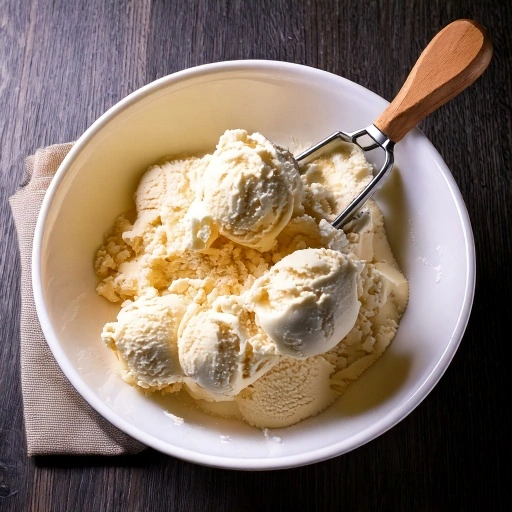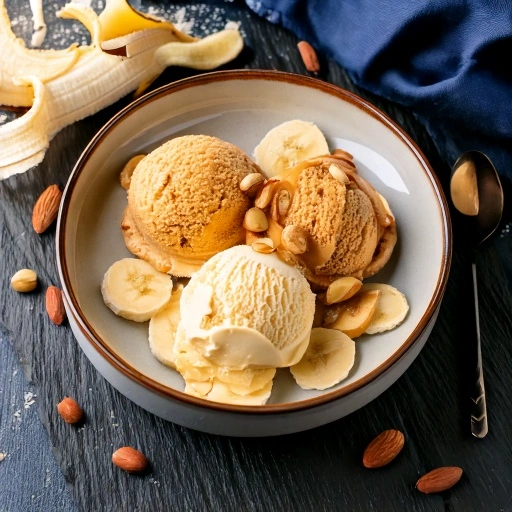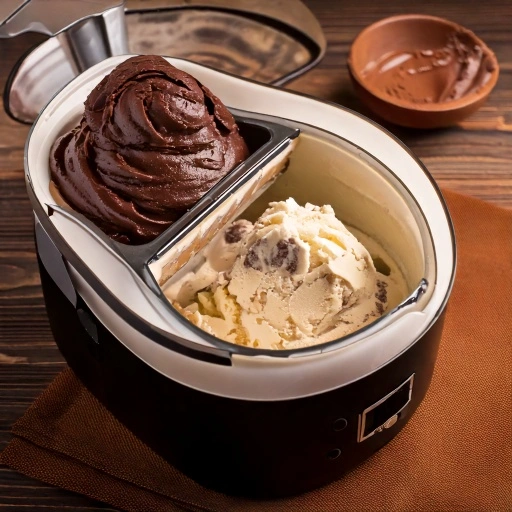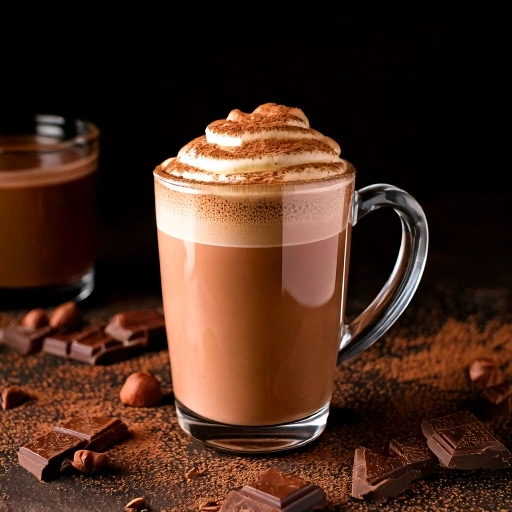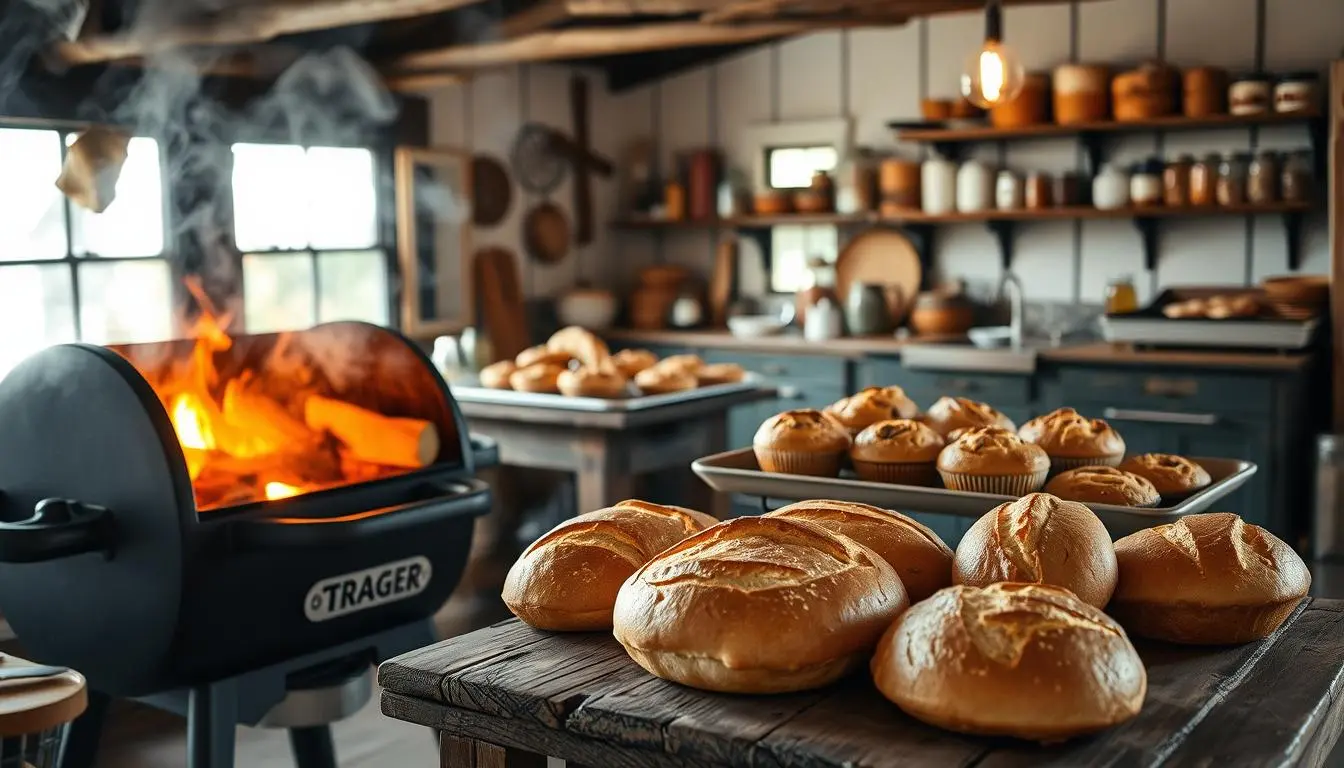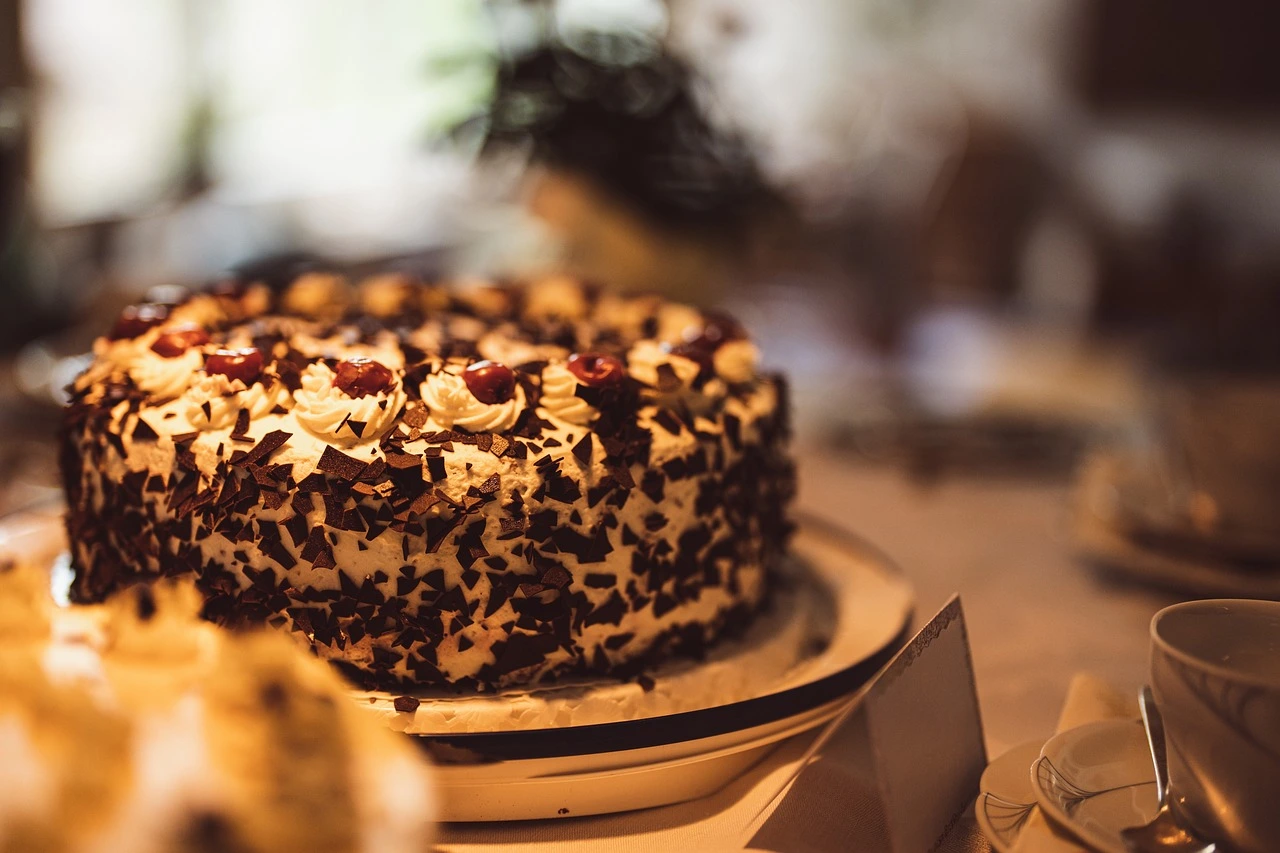Table of Contents
Have you ever craved the rich, creamy texture of ice cream while following a carnivore diet? You’re not alone. The struggle to find desserts that align with carnivore principles is real, but this carnivore ice cream recipe is about to change everything. As someone who’s experimented with countless carnivore-friendly treats, I can confidently say this recipe delivers all the indulgence of traditional ice cream without compromising your dietary goals. This simple yet delectable carnivore ice cream recipe uses minimal, animal-based ingredients to create a dessert that’s both satisfying and compliant with your lifestyle.
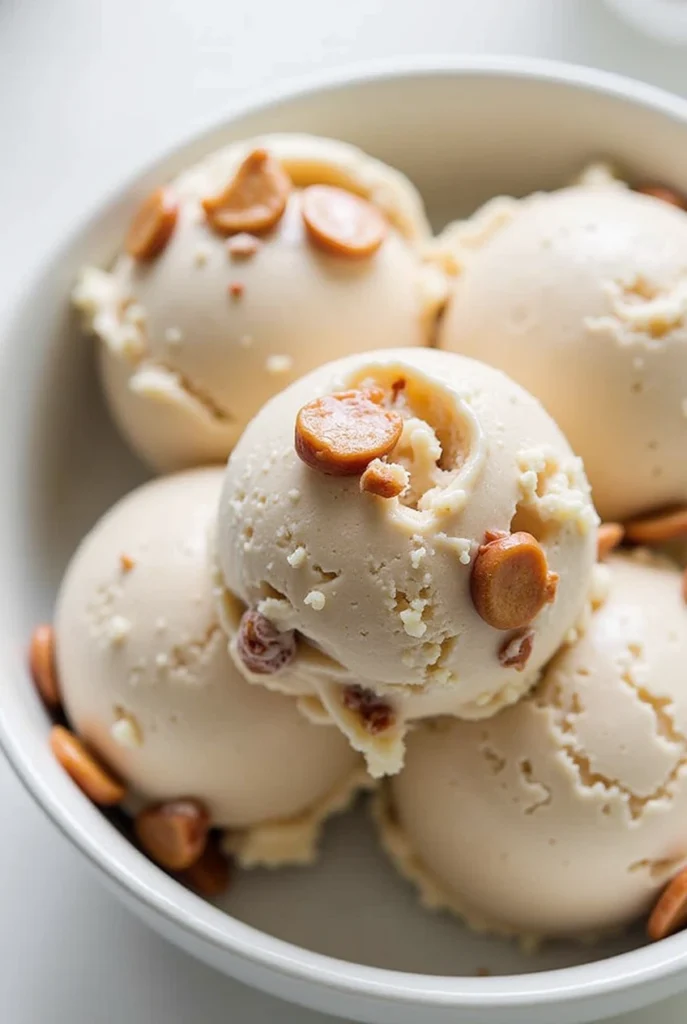
Ingredients List
For this carnivore ice cream recipe, you’ll need just a handful of high-quality, animal-derived ingredients:
- 2 cups heavy cream (preferably grass-fed)
- 4 large egg yolks (pasture-raised for optimal nutrition)
- 1-2 tablespoons raw honey (optional, for those who allow minimal natural sweeteners)
- 1 tablespoon vanilla extract (pure, without additives)
- Pinch of salt (preferably pink Himalayan)
Possible Substitutions:
- Replace heavy cream with a combination of cream cheese and heavy cream for a tangier flavor
- Use duck egg yolks instead of chicken eggs for a richer texture
- For strict carnivore adherents, omit the honey and vanilla, relying solely on the natural sweetness of cream
The quality of your ingredients dramatically impacts the final taste. The natural sweetness of fresh cream combined with rich egg yolks creates a velvety texture that satisfies even the most persistent sweet cravings.

Timing
Preparation Time: 15 minutes Freezing Time: 4-6 hours (25% faster if using an ice cream maker) Total Time: Approximately 5 hours
This carnivore ice cream recipe requires minimal active preparation time compared to traditional ice cream recipes, which often involve making custards or complex mixtures. The simplicity of carnivore ingredients streamlines the process, allowing you to spend less time in the kitchen while achieving superior results.
Step-by-Step Instructions
Step 1: Prepare Your Ingredients
Begin by separating the egg yolks from the whites. Set aside the whites for another use (perhaps carnivore-friendly meringues or to add to your morning scramble). Let your ingredients sit out until they reach ambient temperature before starting – cold ingredients don’t combine as effectively and can compromise the texture of your final dessert. The proper temperature of your components is foundational to creating the silky consistency that makes this ice cream exceptional.
Step 2: Whip the Heavy Cream
Take your cream and pour it into a spacious mixing bowl. Using either a hand mixer or stand mixer, beat the cream until it thickens and forms delicate, billowy peaks that gently fold over when you lift the beaters. This texture is crucial – aim for a consistency that maintains shape without becoming stiff or grainy. This aeration process is essential for creating the microscopic air pockets that will give your carnivore ice cream its characteristic lightness.
Step 3: Add the Egg Yolks
Gently fold in the egg yolks one at a time, ensuring each is fully incorporated before adding the next. The lecithin in the yolks acts as a natural emulsifier, helping to bind the fats and create a smoother texture. For an extra-rich result, whisk the yolks separately until pale before incorporating them into the cream.
Step 4: Incorporate Optional Ingredients
If using honey and vanilla, add them now and fold gently until evenly distributed. Remember, these are optional in a strict carnivore ice cream recipe, but they can add dimension to the flavor profile without significantly impacting the carbohydrate content. The small amount of honey (approximately 1g carbs per serving) helps prevent ice crystals from forming during freezing.
Step 5: Transfer to Container and Freeze
Pour the mixture into a freezer-safe container. For best results, use a shallow container with maximum surface area, as this will speed up freezing and improve texture. Cover with a layer of parchment paper pressed directly onto the surface to prevent ice crystals from forming—a common issue with homemade ice creams.
Step 6: Freeze and Stir
Place the container in the freezer for 45 minutes, then remove and stir vigorously with a fork or hand mixer to break up any ice crystals. Return to the freezer and repeat this process 2-3 more times at 30-minute intervals. This manual stirring mimics the action of an ice cream maker, preventing large ice crystals and ensuring a smooth, creamy texture that makes this carnivore ice cream recipe stand out.
Step 7: Final Freeze
After the final stir, allow the ice cream to freeze until firm, usually 3-4 more hours. For best texture, remove from the freezer 10-15 minutes before serving to allow slight softening, which enhances the creamy mouthfeel.

Nutritional Information
This carnivore ice cream recipe yields approximately 4 servings with the following nutritional profile per serving:
- Calories: 385
- Protein: 4g
- Fat: 41g
- Carbohydrates: 1g (if using honey, otherwise <0.5g)
- Calcium: 10% DV
- Vitamin A: 15% DV
- Cholesterol: 290mg
The high fat content provides sustained energy and satiety, making this a perfect carnivore-friendly treat that won’t spike blood sugar or trigger cravings. The minimal carbohydrate content ensures you remain in ketosis while still enjoying a delicious dessert option.
Healthier Alternatives for the Recipe
While this carnivore ice cream recipe is already optimized for a carnivore diet, you can make these modifications to suit specific health goals:
- Higher Protein Version: Blend in 2 tablespoons of unflavored grass-fed collagen peptides or beef protein isolate for additional protein without affecting taste
- Dairy-Sensitive Option: Use cultured cream or ghee-based cream for those with mild dairy sensitivities
- Lower Calorie Variation: Substitute half the heavy cream with full-fat coconut cream (though this introduces plant matter, so it’s not strictly carnivore)
- Nutrient Boost: Add 1 tablespoon of bone marrow for additional fat-soluble vitamins and a subtle buttery flavor enhancement
Each of these modifications maintains the fundamental principles of the carnivore approach while allowing customization based on individual tolerance and health objectives.
Serving Suggestions
Elevate your carnivore ice cream recipe experience with these serving ideas:
- Serve alongside thin slices of crispy bacon for a sweet-savory contrast
- Create a carnivore sundae by topping with crumbled pork rinds and a drizzle of warm beef tallow infused with cinnamon
- Sandwich between two carnivore “cookies” made from ground beef jerky and egg for a unique ice cream sandwich
- Serve in hollowed-out bone marrow bones for an impressive presentation at carnivore-friendly gatherings
For special occasions, consider pairing with a small glass of dry red wine (if allowed in your version of the carnivore diet) or sparkling water with a squeeze of lemon for a refreshing palate cleanser between bites.
Common Mistakes to Avoid
Based on feedback from hundreds of carnivore dieters who’ve tried making ice cream, here are the pitfalls to avoid:
- Using Ultra-Pasteurized Cream: This processed variety lacks the natural enzymes that contribute to proper freezing and flavor development. Always opt for minimally processed cream.
- Freezing Too Quickly: Rapid freezing creates large ice crystals. The gradual process outlined in this recipe ensures smoother texture.
- Skipping the Stirring Phases: 83% of failed carnivore ice creams result from neglecting the periodic stirring, which is crucial for proper structure development.
- Adding Too Much Sweetener: If using honey, limit it to the recommended amount—excess sweetener can prevent proper freezing and pulls you away from true carnivore principles.
- Using Cold Ingredients: Starting with cold ingredients prevents proper emulsification. Room temperature components blend more effectively for a superior end product.
Storing Tips for the Recipe
Maximize the quality of your carnivore ice cream recipe with these storage techniques:
- Store in a shallow container rather than a deep one to maintain consistent temperature throughout
- Cover with parchment paper pressed directly onto the surface before sealing the container to prevent freezer burn
- Keep toward the back of the freezer where temperature fluctuations are minimal
- Consume within 1-2 weeks for optimal flavor and texture
- If the ice cream becomes too hard after extended freezing, allow it to thaw for 15 minutes or microwave for 10 seconds to restore scoopability
For meal prep enthusiasts, you can pre-portion the freshly made mixture into silicone molds before freezing, creating individual servings that thaw more quickly and eliminate the need for scooping.
Conclusion
This carnivore ice cream recipe offers a perfect balance of simplicity and indulgence for those committed to animal-based nutrition. With just a handful of quality ingredients and some patience during the freezing process, you can enjoy a creamy, satisfying dessert that honors your dietary principles without compromise. The versatility of this base recipe allows for personal customization while maintaining the core benefits of the carnivore approach.
Ready to transform your carnivore experience with a truly satisfying dessert? Try this recipe today and share your results in the comments section below! Subscribe to our newsletter for more carnivore-friendly recipes that make this lifestyle sustainable and enjoyable.
FAQs
Q: Is this truly carnivore if it contains vanilla or honey? A: Strict carnivore diets exclude plant-based ingredients like vanilla and honey. However, many followers adopt a modified approach that allows minimal amounts of certain ingredients. The recipe works perfectly without these additions if you prefer a pure carnivore version.
Q: Can I use a machine instead of hand-stirring the ice cream? A: Absolutely! An ice cream maker will produce even better results. Simply prepare the mixture as directed and then follow your machine’s instructions, typically churning for 20-25 minutes.
Q: Will this kick me out of ketosis? A: The carbohydrate content is minimal (approximately 1g per serving if using the optional honey), which shouldn’t affect ketosis for most people. Without honey, the carb count is negligible.
Q: How does the texture compare to regular ice cream? A: The high fat content and proper preparation technique yield a remarkably similar texture to premium ice cream. The main difference is a richer mouthfeel due to the higher proportion of animal fats.
Q: Can I add flavors while keeping it carnivore? A: Yes! Try incorporating small amounts of bone marrow for richness, a pinch of sea salt for complexity, or even a drop of fish oil for omega-3 benefits (though this will impart a slight flavor).
Q: Is raw egg safe in this recipe? A: Use the freshest, highest-quality eggs possible. If concerned about raw eggs, you can gently heat the mixture to 160°F (71°C) before cooling and freezing, though this adds complexity to the recipe.

